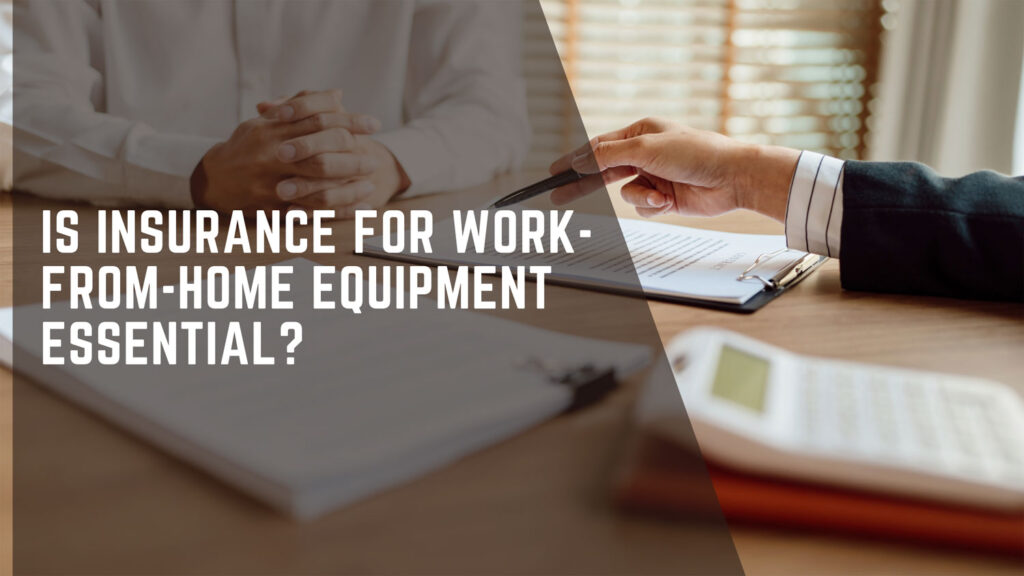Understanding Financial Resilience: Navigating an Unpredictable World
Taking on Financial Resilience
Financial resilience is the ability to cushion the impact of unexpected events without losing your footing. It might be job loss, health issues, economic recession, or an earthquake; most human beings have to experience uncertainty at one time or another. The whole principle of financial resilience hinges around creating safeguards beforehand, both preventive and preparatory, before disaster strikes and covers you and your family during that phase.
Proactive Financial Planning – Why is it necessary?
Be prepared financially and not only be reactive to the challenges but ready to confront and meet them in a head-on manner. A proactive approach comprises strategic savings, insurance cover, prudent management of debt, and nimble financial planning.
The challenge would then be how to create a financial safety net that guarantees stability, whatever the surprise that comes with it. It is a proactive measure, which can arm a person with confidence and peaceful sleep.
Strategies to Promote Financial Resilience
1. Insurance: Guarding Against the Unforeseen
Insurance is one of the key supports of financial resilience because it might help you safeguard against some unforeseen expenses and serve as a financial cushion during times of turbulence.
- Review Your Insurance Needs: Determine what types of insurance are essential to you—for example, health, life, disability, homeowners, auto. Periodically review whether your coverage continues to keep pace with your constantly evolving needs.
- Optimize Coverage: Take a critical view of the limits, deductibles, and exclusion levels your policies offer to ensure that it is enough for you. Improve your insurance by increasing your coverage or improving rates.
- Consider Supplemental Insurance: Build full protection through umbrella policies or long-term care insurance.
2. Responsible Debt Management
Debt management is an important tool in uncertain times because it keeps one financially liquid.
- Take stock of your outstanding debt: Gather all outstanding debt—the mortgage, credit cards, student loans, including how much you owe and at what interest rate.
- Form a debt management plan: Inventory your highest interest-bearing debt and attempt to meet regular payment obligations in order to diminish overall debt.
- Debt Consolidation: Consider consolidating multiple debts into one loan for easier management and potentially lower interest rates.
- Explore repayment options: Discuss hardship plans, possible repayment modifications, or refinancing with lenders to gain some financial relief.
3. Save Your Home and Its Equity
To most people, a house is a place of shelter, but often it also represents an enormous monetary investment.
- Review Your Mortgage: Regularly assess your mortgage terms, and consider refinancing if it helps to reduce the interest rate or adjust the payment schedule.
- Defend Your Equity: Protect your home equity with mortgage protection insurance or other strategies that secure your ownership in case of job loss, illness, or disability.
- Save for Home Maintenance: Set aside funds for home maintenance and unexpected repairs to avoid financial strain and sustain your property’s value.
Action Strategies to Build Financial Resilience and Preparedness
1. Build an Appropriate Emergency Fund
- Start small and gradually build up to cover three to six months’ worth of living expenses.
- Automate savings to ensure consistent contributions to your fund.
- Keep the fund in easily accessible, liquid accounts like high-yield savings accounts for quick access during emergencies.
2. Develop Diversified Income
- Freelancing and Side Hustle: Explore freelance work or side jobs that align with your skills and interests.
- Generate Passive Income: Invest in dividends, rental properties, or online businesses to create streams of passive income.
- Turn Hobbies into Income: Monetize your hobbies by turning them into side projects that supplement your income.
3. Stay Informed and Adaptive
- Stay updated on economic trends, policy changes, and personal finance updates to make informed decisions.
- Be flexible with your financial plan, adjusting as needed to meet new goals and risk levels.
- Consult with financial advisors or planners to create a comprehensive, adaptable plan.
Conclusion: Embracing Financial Preparedness
Financial resilience is not about avoiding risk; it’s about preparing for it. With a sound foundation built on insurance, prudent debt management, savings, and income diversification, you can weather storms and emerge stronger.
By taking proactive steps, you turn potential crises into manageable situations. Adopt these strategies, and navigate uncertainty with confidence, knowing that your future is secure no matter what comes your way.


